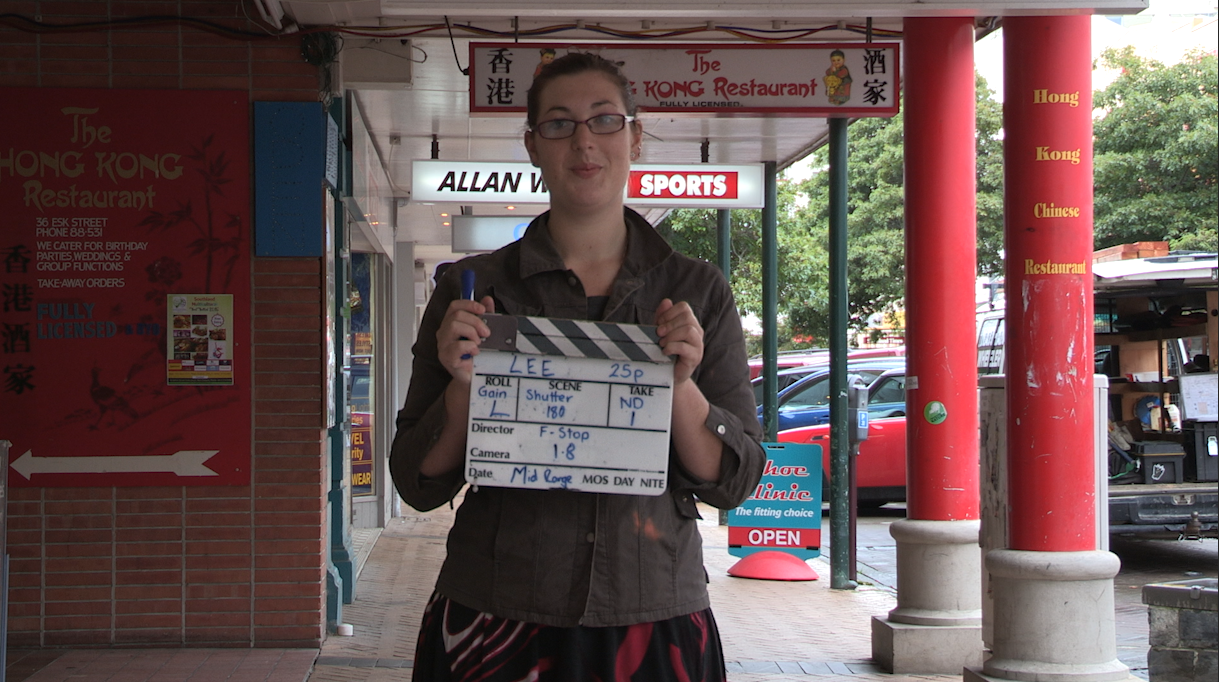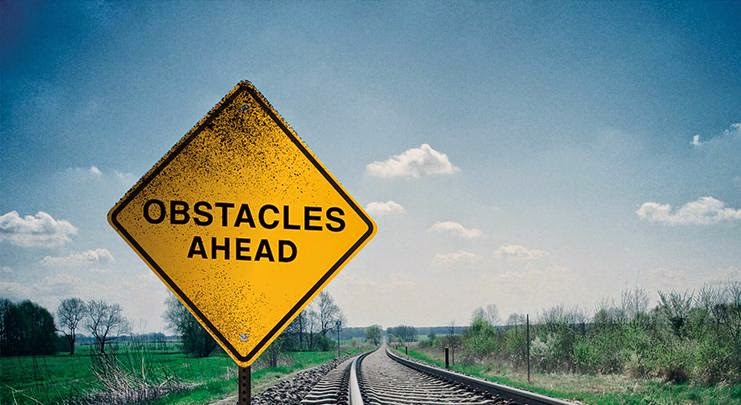 |
| Caution: Writer at Work |
There is a whole process to writing a script to finished quality, all formatted correctly with a clear, refined (hopefully) story. This week, our class had a go at writing a beat sheet and a step outline as well as discussing a script treatment and outline/synopsis. I will start off by giving a description of each of theses steps.
Beat Sheet - Breakdown of major plot points
- Significant narrative plot points
- (Generally) First step in script development
- Repository for your raw creative ideas
- Rough but coherent
- Working document that is only seen by the writer or writers for personal use
Step Outline - Still a working document for personal use
- Fleshed out plot ideas into coherent prose
- Each paragrah is its own scene
Treatment - Formatted
- 12pt Courier, Arial or Times New Roman font
- Basic layout conventions
- Indented beginnings of paragraphs
- Coherent prose
- Descriptive evocative language
- Treat this like it is a sales project
- 20-50 pages (Feature film)
Synopsis/Outline - Basic bare bones
- Story coverage
- 5-15 pages (Feature film)
Scripts are generally written using all of these steps, in the same order that they are written above. A beat sheet is a list of bullet points that happen in each act but describe each significant part of the film. A step outline is a more fleshed out version of the beat sheet. John Truby and Blake Snyder
(Save The Cat) have a slightly different view about how a script should be created.
 |
| The Anatomy of Story - John Truby |
John Truby believes that there are 22 steps or building blocks to write a succesful script. Truby takes inspiration from Joseph Campbell and combines Campbell's mythic story structure (used for films such as Star Wars) with some original expansion to create his 22 building blocks. This means that the overall structure follows a three act format. Here are the 22 steps:
ACT 1
- Self realisation, need, desire
- Ghost and context
- Problem/Need
- Inciting Incident
- Overall desire (start low)
- Ally/Allies
- Opponent/Mystery
- Opponent/Ally
- First reversal and decision: Changed desire and motive
ACT 2
- Plan
- Opponent's plan and first counter attack
- Drive
- Attack by ally
- Apparent defeat
- Second reversal and decision: Obsessive drive, changed desire and motive
- Audience revelation about opponent/ally
- Third reversal and decision
ACT 3
- Gate, gauntlet, visit to death
- Battle
- Self revelation, thematic revelation
- Moral decision
- New equilibrium
These 22 building blocks can be cut down into seven steps. Truby states that these seven steps are characteristics and all stories in their growth and development, from beginnging to end have these. The seven steps are as follows:
1. Weakness and need - A hero with a weakness and a need
2. Desire - The foundation of the story that helps drive the hero (Desire/want is not the same as a need)
3. Opponent - This is often the antagonist and this character must go against the protagonist by wanting the same thing
4. Plan - Plan of action
5. Battle - The boiling point and crisis
6. Self revelation - The hero realises what he wanted was not what he needed (Remember that desire/want is different to need)
7. New equilibrium - The world changes for the character because of the new knowledge gained
Truby's building blocks and seven step ideas are based around the character and the decisions and changes that they make along their journey. These decisions and changes influence the way that the journey/story progresses.
 |
| Save The Cat - Blake Snyder |
Blake Snyder's book called "Save The Cat" is about creating a formula for writing a feature script. Snyder has broken up the three act script into a beat sheet of 15 different beats. He also defines how many pages of script should be committed to each step/beat, based on a 110 page script. The steps/beats are as follows and the page count is the number in brackets:
1. Opening Image (1): The first thing you see that sets tone, style and mood
2. Theme Stated (5): A character other than the hero/protagonist makes a statement that describes the theme. This is known as thematic premise
3. Set-Up (1-10): All characters in the main story should be introduced and the hero's wants and needs should be stated
4. Catalyst (12): A life changing event that forces the character to act outside of their comfort zone to fix the balance in their life and restore order
5. Debate (12-25): At this point the character either has a choice or no choice
(after the life changing event). This part of the script should show how daunting the tasks ahead are for the character by having them struggle with their decision or hesitate to act on their decision
6. Act Two Plot Point (25): Major changes happen on all levels of the story as the world changes from ordinary into adventure. The very middle or heart of the change is the character's decision to act
7. B Story (30): The B story is never entirely clear but Blake Snyder says that it is the love story. The characters in B story do not always appear in the first act and Snyder does not say what the B story does or is but he does say that it does a lot
8. Fun and Games (30-55): This part of the story is lighter in tone than before because all the intense work of introducing characters and the set up is finished.
9. Midpoint (55): This can either be a high peak (victory) or a low peak (defeat) for the character but either way it will be false and it is time to get back to the story - no more fun and games
10. Bad Guys Close In (55-75): Depends on the outcome of the last step - if it was a victory for the character then the bad guys regroup and if it was a defeat for the character, the bad guys consolidate and prepare for the final assault
11. All Is Lost (75): The hero is at wits end and is often faced with death at this stage
12. Dark Night of the Soul (75-85): This is expansion of the hero's dilemma and it asks a few different questions such as will the hero break? Will the hero accept the situation? How will the hero react? And also is there a solution?
13. Act Three Plot Point (85): A solution for both the main story and B story that needs to be implemented
14. Finale (85-110): All lessons learned are applied and the bad guys are defeated in ascending order. The hero is triumphant
15. Final Image (110): The closing image is the last thing you see. This hould be the opposite of the opening image so that it shows the changes that have happened
Blake Snyder's approach is different to Truby's as Snyder's ideas seem to be more about the theme or lessons that are forced onto the character and must happen. The ideas behind a how a story should progress seem to have little to do with the character's own journey but more about the things that are forced upon the character (this includes the events that "must" happen).
I think both of these ideas could be useful in writing my own scripts however, I feel that Snyder's Save The Cat ideas are more telling you what must happen at a specific point rather than just being guidelines. I can see how many films fit into these steps but I somewhat wonder if some films have been forced into fitting into these steps?

















































